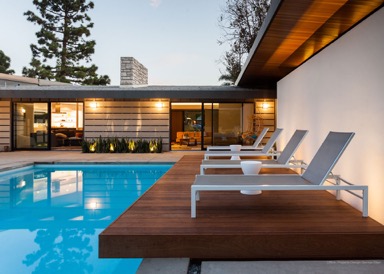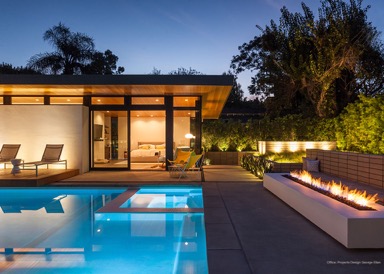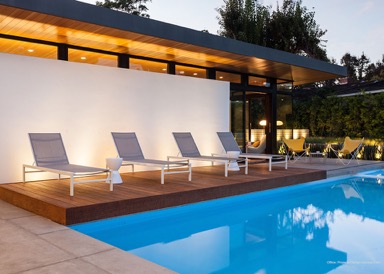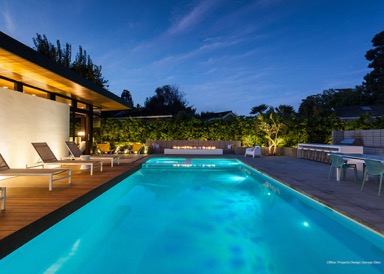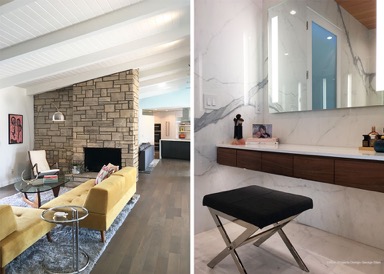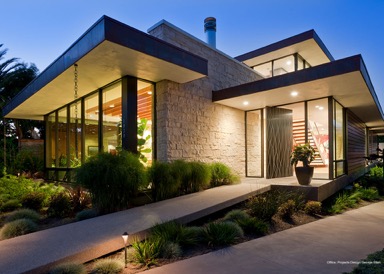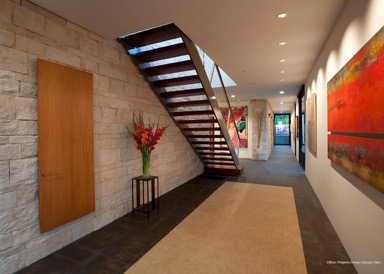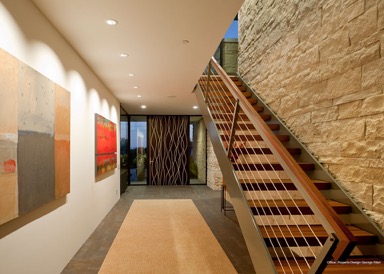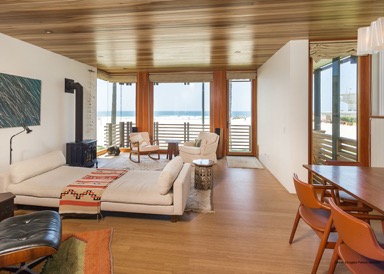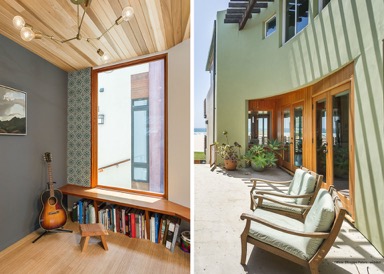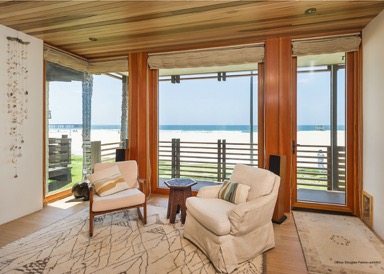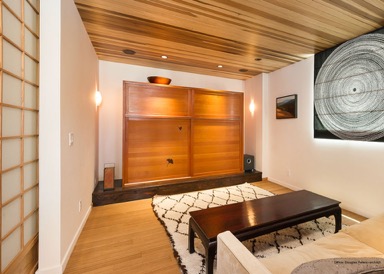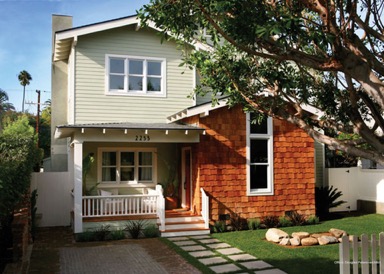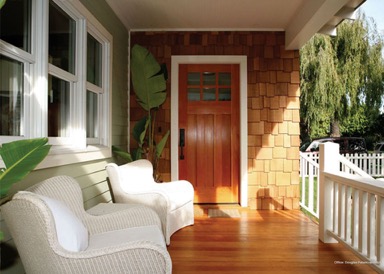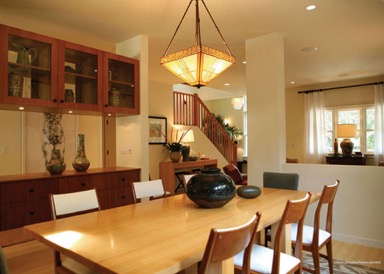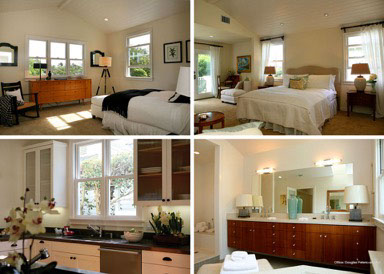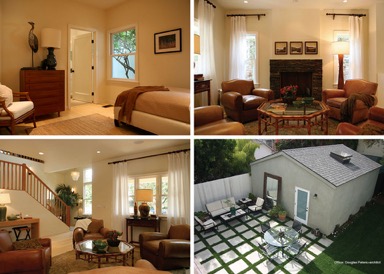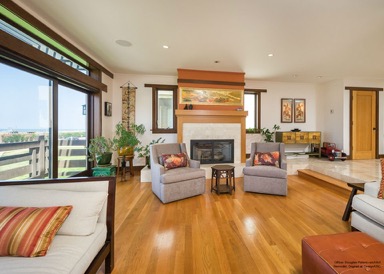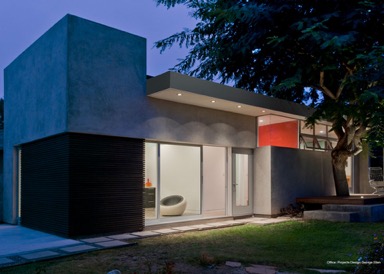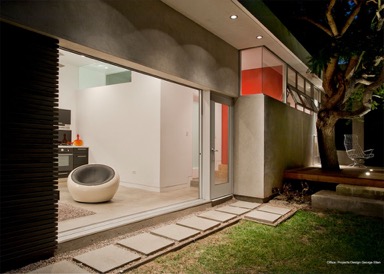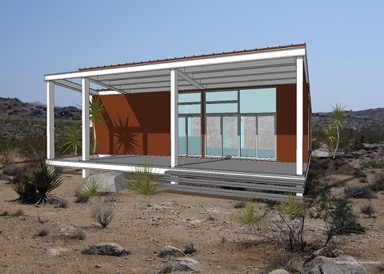.....................................
DOUGLAS PETERS>architect
custom homes
Open living, connecting to landscape; capturing light, views, and nature.
A reflection of Today.
Douglas has individually designed and managed over 60 homes (Including production homes) throughout Southern California and Beyond in his over 20 years of experience. Many of these homes have been featured in Publications and received prestigious Design Awards. Douglas focuses on Detail and Creative Solutions, and not a Volume Practice. Below is a small sample of this work.
- New Construction
- Additions
- Major remodels
- Accessory Dwelling Units (ADU)
- Standard in-fill Lots
- Coastal Homes to Hillside Perches
- High Fire Zones
- California and Beyond
Thank you to each Client, Engineer, Contractor, Team member, and Colleague/Office.
guide:
Below is a guide to frequently asked questions. Please note these are generic and your indivual project, site, State or Jursidiction may differ
PROGRAMMING QUESTIONNAIRE:
.....................................

Over the past 20+ years of residential design experience, DP>a has created an interactive PDF that allows homeowner's to educate themselves in the Process of documenting their Dream Home.
This interactive questionnaire can be worked on with DP>a through a series of meetings throughout the design process or in private, depending on the level of design commitment you select.

Click the images below to open a Free PDF of each Page for your use.
When working with Douglas you can receive Style guides/range along with a series of questions that help homeowners discuss and communicate their dream home's character and mood.
Along with additional pages to consider materials, fixtures, and equipment. The Detail of your dream home.
ENVIRONMENTAL DESIGN:
.....................................
Buildings contribute a large portion to CO2 and landfill waste around the world, and within California. Some government statics state that Buildings contribute 11% of each year's total CO2, 15% of Landfill is Construction Debris, which many become toxic as they decay, and nearly 40% of the total Energy Consumption per year.
California Building Code has adopted strong measures to help reduce this any many ways. And you as a Homeowner can do your part by ensuring to use sustainable materials, that have a long life cycle and cradle-to-grave analysis. This means materials that are ecological as raw materials, and how they are extracted and processed, along with that has durability both physically and aesthetics. Ignore the trends and design for a timeless quality and allow less destructive/intrusive remodels that spruce up your home.
Energy Efficiency is also a key factor to making your home sustainable. The first part of this is your Home-Size. Unfortunately we still in America base a large part of Home Value on size of the home, but designing for the long-term goal of your own use and future use is important.
Siting the Building/Orientation is also crucial in Energy Efficiency/Conservation. Take advantage of the Sun's angles and shading, along with prevailing winds can help cool and heat home, along with reducing the need for indoor lighting. Then select good thermal envelop, highly efficient/air-tight floors, walls, windows, doors, roofs; efficient/balanced supplemental heating and cooling systems that support passive cooling, water efficient fixtures and use reclamation for grey-water re-use, highly efficient lighting with solar panels to generate electricity.
Zero Net Homes (aka Net-Zero) is the goal where a Home is connected to the Utility Grid, yet is so efficient it is able to produce enough of its own Energy, on an annual basis with clean renewable energy, to eliminate the need for the connection to the public utility. These homes typically have lower energy cost for the life of the home. Passive House of United States is one of the Organization that have created a Certification program.
It starts at Home, not just your automobile, how your house is designed, and how you live. Use less and re-use. The Resources on this planet are finite.
HIGH FIRE ZONES:
.....................................
No construction assembly is Fire-Proof, instead it is Fire-Resistant and it is calculated based on the average hours a structure or construction will maintain it's structural integrity before structural failure, ensuring occupants can escape.
The first line of defense is maintaining a "defensible" Landscape buffer zone, keeping Vegetation (e.g., trees, shrubs, and ground cover) away from buildings, and utilize hardscape that is fire-resistant, not wood decks.
Next ensure the exterior surface/construction reduces the opportunity of embers and fire entering the structure via fire-resistant exterior surfaces, with no exterior vents for crawl space or attic ventilation besides mechanically controlled locations. Consider alternative Constrction types of Concrete such as structural concrete insulated panels (SCIP) or Concrete Block (Concrete Masonry Units, CMU) with interior finishes that are Fire-Resistant as well. Also utilize exterior doors and windows that fire-resistant with laminated tempered glass, and even fire shutters, as the windows and doors is usually the weakest link to the exterior fire-resistant construction.
Then the Roof the highest fire resistive material, with few overhangs that can catch embers or flame/heat from fire along the ground below. Have overhangs face upward to allow the heat and smoke to escape upwards.
Consider utilizing exterior fire-sprinklers both on the roof and within the surrounding vegetation. This system should be attached to your own emergency water system, possibly a grey-water capture system filling an emergency cistern. Ensure to have a portable pump and back-up electrical generator to use to divert water in-case Fire Hydrants and Services fail.
LOCAL CODES:
MALIBU, WOOLSEY FIRE: The City of Malibu has created several resources for those properties impacted by the devastating Woolsey Fire.
https://www.malibucity.org/901/Malibu-Rebuilds
CITY OF CALABASAS:
https://www.cityofcalabasas.com/fire-resources.html
COUNTY OF LOS ANGELES: Links to several Cities and Agencies:
.....................................
